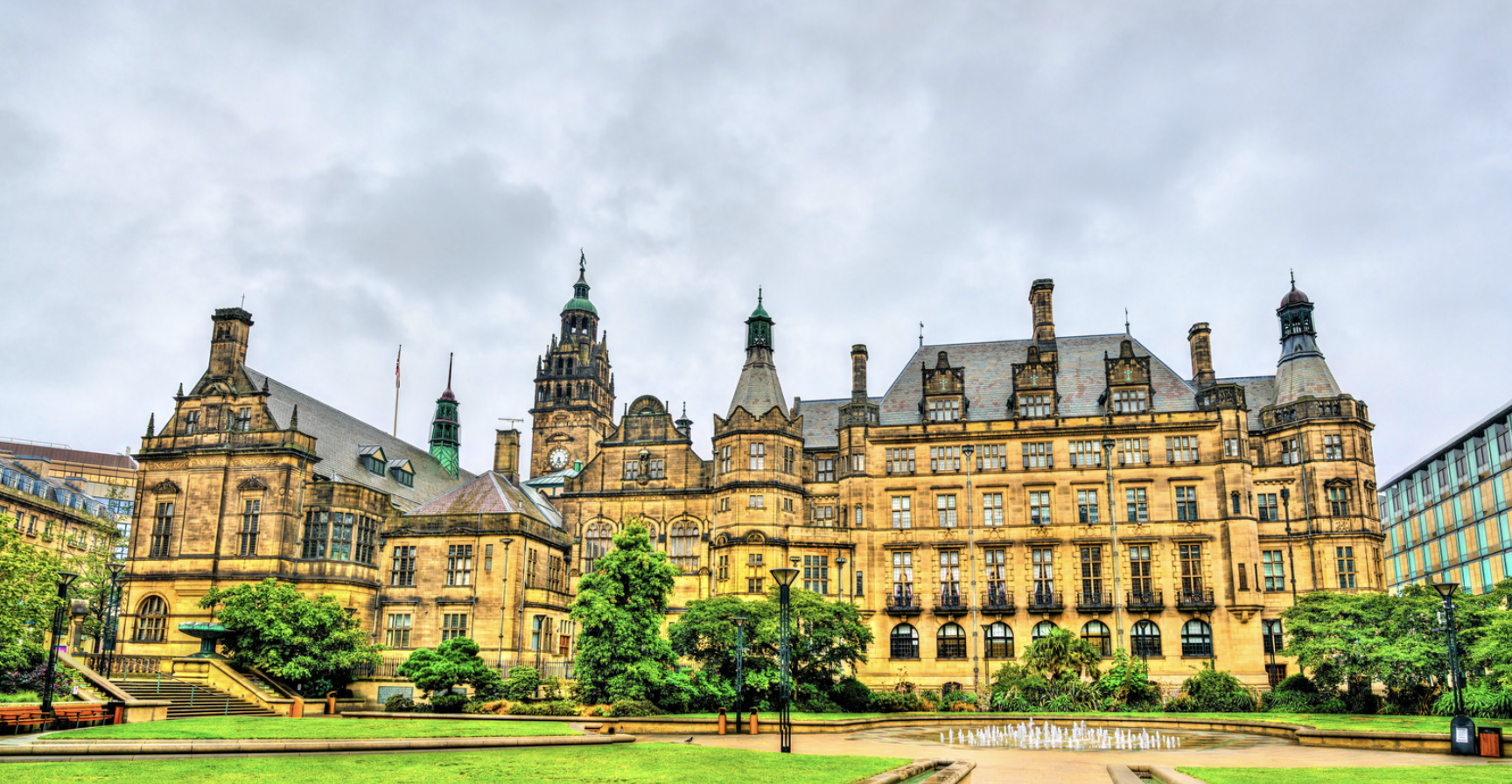South Korea’s new visa, launched on January 1, 2024, lets digital nomads remain for two years while working at home.
South Korea’s newest visa aims to make it a top destination for digital nomads. This new “workcation” visa, announced in late 2023 and starting 1 January 2024, permits workers and their families to remain for two years. Foreigners could only get tourist visas or stay less than 90 days before.
To qualify, candidates must work for a foreign firm in the same field for one year. They also need 84.96 million won (£50,000) in yearly pay and 100 million won in personal health insurance. The visa promotes economic growth and tourism by showcasing South Korean monuments.
Former travelers claim the nation is underestimated in remote worker circles. “South Korea, with its blend of modernity and tradition, emerged as a cultural haven for our digital nomad journey,” said Hammer Tsui, who writes at A Fun Couple and spent a few months there. “The experience was not just about remote work; it was about immersing ourselves in a tapestry of history, technology and hospitality.”
To learn how to maximize remote work in South Korea, we interviewed digital nomads who have temporarily moved there.
Where to live
South Korea provides numerous remote job choices, depending on your mindset. Digital nomads recommend Seoul for its big-city atmosphere and facilities, Busan for its coastal lifestyle, and Jeju Island for its laid-back, cheap lifestyle.
I “If you’re a digital nomad or traveller looking for networking opportunities, technology and real city life, you’re better off in Seoul,” said Heather Markel of Heather Begins. Its cosmopolitan-historical mix is interesting. With the greatest Korean beauty, cuisine, and local markets.”
Seoul is ideal for digital nomads and travelers seeking networking, technology, and city life.
Hayley Parrish, who resides in South Korea, endorses Seoul’s café culture. “There will be a coffee shop approximately every 50m across the whole city,” stated. “Cafes have become more competitive to create good ambiances and photo opportunities as a method of self-marketing.”
She claims Seongsu-dong, “Seoul’s Brooklyn”, has the coolest areas. Parrish stated “many of these have been renovated into restaurants and cafes, which give them a more edgy interior” amid the industrial region.
Parrish lived in several parts of Seoul and discovered that East Seoul had more attractions and made it simpler to live a more active and social lifestyle. “I found myself travelling far more towards the east of the city when I lived in the west,” remarked. “All places across Seoul have areas for working, so digital nomads can settle in most districts, but they should consider the other aspects of their life that they want in order to enjoy living here.”
Busan, South Korea’s second-largest city on the southeast coast, provides a coastal alternative to Seoul. Nomads claim it has a sprawling center but more activities and attractions owing to its waterfront position. “The city is large, lots of places for work and most Korean companies will have offices and workspaces in both Seoul and Busan,” Parrish. “In the warmer months, it’s perfect for enjoying a beach lifestyle.”
Jeju Island is popular with tourists and distant workers. The country’s main island lies south of the peninsula, and South Koreans visiting on vacation make it more relaxed. “Though little, it’s full with sights. Markel noted the volcanic island’s history and women divers are intriguing.
Everything is accessible from Jeju and Seogwipo, the island’s major towns. Nomads claim there are lots of cafés for working and resting after hours, but don’t anticipate nightlife like in major cities.

What to see
Remote workers enjoy that sightseeing and working are equally simple here. Due to its small size, South Korea and its attractions can be visited swiftly, making day visits possible from anywhere.
Gyeongbokgung Palace in Jongno, North Seoul, is a must-see for travelers. The palace, built in 1395 as the residence of the Joseon dynasty royal family, is still stunning. If you wear hanbok, which can be rented in Seoul, admittance is free. Visit Insadong, a neighboring neighborhood with a major pedestrian street with traditional teahouses and art galleries.
Seoul’s Tteuksom Han River Park is also recommended by Parrish, particularly in spring and fall. The popular spot offers an outdoor pool in summer and snow slides in winter, and people play Go-Stop and checkers year-round. “A Korean favourite is to enjoy fried chicken and beer on the riverfront whilst enjoying the beautiful Seoul skyline,” stated.
Tsui loves Hallasan National Park on Jeju for its tranquility and hiking routes. The park’s centerpiece, Hallasan Mountain, is South Korea’s highest at over 1,950m and known as Yeongjusan Mountain, meaning “mountain high enough to pull the galaxy”. Over 1,800 vegetation and 4,000 animals—including badger, boar, and deer—live in the area.
What to know
South Korea is one of the most ethnically homogeneous nations, therefore tourists’ perceptions of Koreans as aloof or hostile are largely cross-cultural. Foreigners are liked and appreciated, yet residents seldom talk to outsiders.
“Korean citizens can sometimes be portrayed as cold, and perhaps a little rude to Western cultures, but if they are spoken to, for example, ‘Please could you help me with these directions?’, they will absolutely help and instantly become warmer,” Parrish said.
Do not expect the door to be held or the elevator button pressed for you. Western politeness doesn’t apply here. “Korea lives a fast-paced lifestyle and a person barging into another person in the street isn’t intentionally rude but simply a person on a mission,” Parrish.
To show respect, bow while saying thank you, hello, or goodbye. South Korean society is hierarchical, hence elderly people are respected most. According to Parrish, older generations can be the most brazen when racing for subway seats or cutting in lines, but they can also be the kindest, especially when presenting “jeong”—a Korean cultural term that’s hard to translate but encompasses deep kindness, friendliness, and warm-heartedness that grows over time.
“This is when they will do extra kind things such as offering food, paying for [another person’s] meals and taking extra care of others,” stated.




